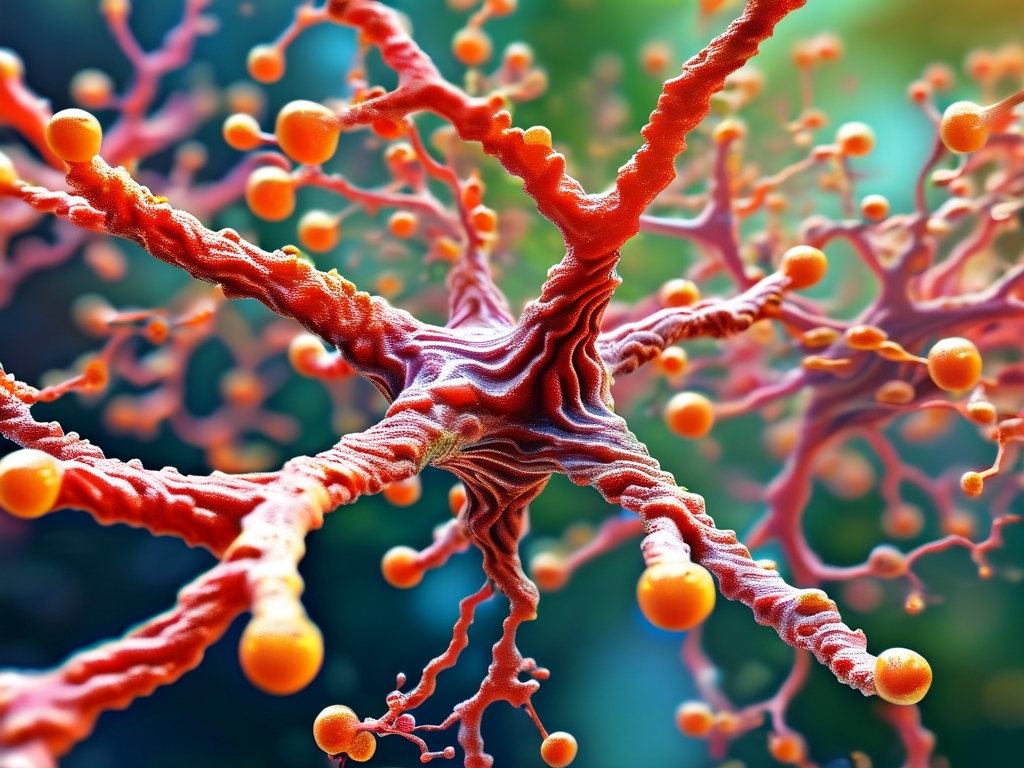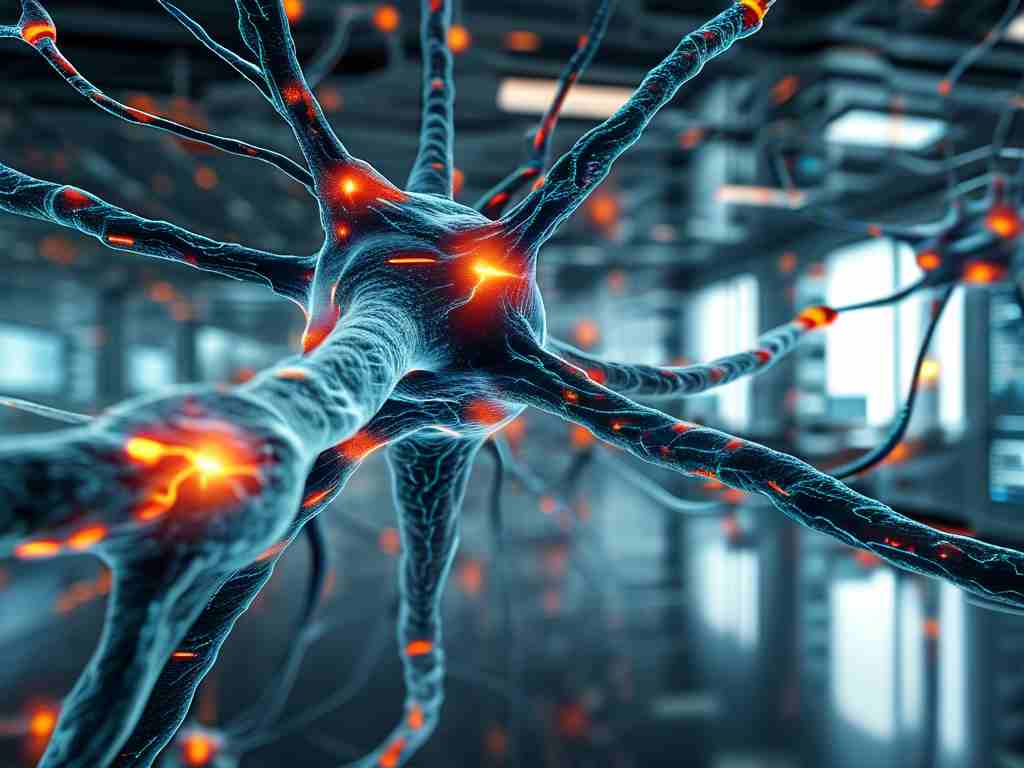Artificial neural networks (ANNs) have become a cornerstone of modern machine learning, with Backpropagation (BP) Neural Networks and Radial Basis Function (RBF) Neural Networks representing two prominent architectures. While both models excel in pattern recognition, prediction, and nonlinear system modeling, their structural designs, training mechanisms, and practical applications differ significantly. This article explores these differences in detail, providing insights into their strengths, limitations, and ideal use cases.
1. Structural Differences
BP Neural Networks are multilayer feedforward networks typically composed of an input layer, one or more hidden layers, and an output layer. They rely on sigmoid or ReLU activation functions to introduce nonlinearity. The "backpropagation" in BP refers to its error-minimization algorithm, which adjusts weights by propagating errors backward through layers.
RBF Neural Networks, in contrast, employ a three-layer structure: input, hidden (RBF layer), and output. The hidden layer uses radial basis functions (e.g., Gaussian functions) as activation units. Each RBF neuron computes the distance between input data and a center point, producing localized responses. This design enables RBF networks to act as universal approximators with fewer layers than BP networks.
2. Training Mechanisms
BP Networks utilize gradient descent to minimize loss functions. Training involves iterative forward propagation of inputs and backward propagation of errors to update weights. This process is computationally intensive, especially for deep architectures, and risks vanishing gradients or overfitting without regularization.
RBF Networks adopt a hybrid training approach:
- Unsupervised Learning: The centers and widths of RBF neurons are determined via clustering algorithms (e.g., k-means) or orthogonal least squares.
- Supervised Learning: The output layer weights are optimized using linear regression or singular value decomposition. This two-stage process often converges faster than BP's end-to-end backpropagation.
3. Convergence Speed and Local Minima
BP networks are notorious for slow convergence, particularly in deep configurations. Their reliance on gradient descent makes them prone to getting trapped in local minima, requiring techniques like momentum or adaptive learning rates (e.g., Adam optimizer) to mitigate this issue.
RBF networks, with their localized activation functions, exhibit faster training times. The linear output layer simplifies weight adjustments, reducing the risk of local minima. However, their performance heavily depends on the proper selection of RBF centers and spreads, which may require domain expertise.
4. Approximation Capabilities
BP networks excel at global approximation, meaning they adjust all weights to model complex relationships across the entire input space. This makes them suitable for tasks like image classification or time-series forecasting where inputs have intricate dependencies.
RBF networks specialize in local approximation, responding strongly to inputs near their predefined centers. This property is advantageous for tasks involving sparse or clustered data, such as anomaly detection or medical diagnosis, where localized patterns dominate.

5. Data Requirements and Scalability
BP networks demand large labeled datasets to generalize effectively. Their deep variants (e.g., Deep Belief Networks) thrive in big data scenarios but struggle with small or noisy datasets.
RBF networks perform well with smaller datasets due to their structural simplicity. However, scaling them to high-dimensional data is challenging because the number of RBF neurons grows exponentially with input dimensions-a phenomenon known as the curse of dimensionality.
6. Practical Applications
-
BP Networks:
-
Computer vision (CNNs are BP variants)
-
Natural language processing (RNs, LSTMs)
-
Financial market prediction
-
RBF Networks:
-
Real-time control systems (e.g., robotic motion)
-
Function approximation in engineering design
-
Short-term load forecasting in power grids
7. Advantages and Limitations
BP Advantages:
- Flexible architecture for deep learning
- State-of-the-art performance on complex tasks
- Extensive community support (e.g., TensorFlow, PyTorch)
BP Limitations:
- Computationally expensive training
- Sensitivity to weight initialization
- Black-box interpretability issues
RBF Advantages:
- Rapid training and convergence
- Clear interpretability of hidden layer functions
- Robustness to noisy inputs
RBF Limitations:

- Manual tuning of RBF parameters
- Poor scalability for high-dimensional data
- Limited capability for hierarchical feature learning
8. Hybrid Approaches and Future Directions
Recent research explores hybrid models combining BP and RBF principles. For instance, RBF-BP networks use radial basis functions in initial layers for feature extraction and BP layers for fine-tuning. Such architectures aim to balance speed and accuracy, particularly in edge computing and IoT applications.
Choosing between RBF and BP networks depends on specific project requirements. BP networks dominate in scenarios demanding deep hierarchical learning and abundant data, while RBF networks offer efficiency and transparency for localized, small-scale problems. As neural architectures evolve, understanding these foundational differences remains critical for optimizing model selection in AI-driven solutions.









